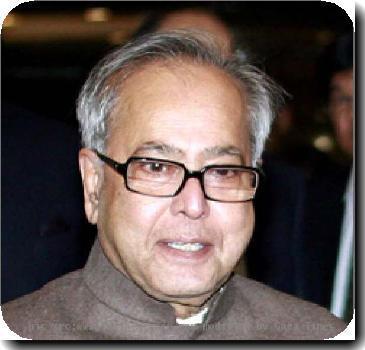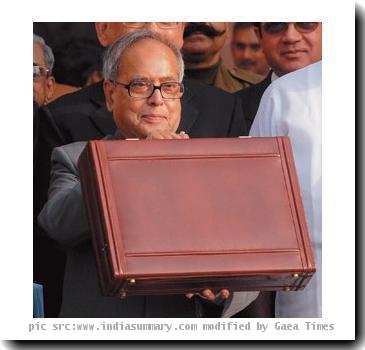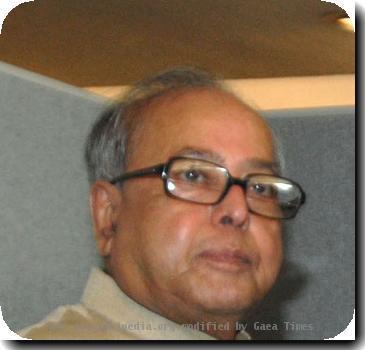A year of spiralling food costs are forcing many Indians do cut back to survive
By Erika Kinetz, APFriday, April 30, 2010
High food costs force Indians to do more with less
MUMBAI, India — In India, even the gods are doing without.
Food inflation that has been stuck in the double digits for a year has had a deep impact on school lunches, family meals and holy offerings. Anger with high prices erupted into protests this week that disrupted flights, trains and traffic. While policymakers debate how to feed people without driving the country deeper in debt, Indians grapple with the sad arithmetic of how to do more with less.
Fruit is becoming a luxury. People have cut back on protein. Vegetable sellers complain profits are down because people are buying less.
Take M. Sakkthivel, the cook at a temple in Machimal Nagar, a fishing village not far from south Mumbai’s financial center.
Each day Sakkthivel prepares a pot of sweet ground rice as an offering to Tirupati Balaji — a south Indian god, who sits on a throne draped with marigolds.
He used to use 7.7 pounds (3.5 kilos) of sugar to prepare the prasadam, or offering, but with spiraling prices, he’s cut back to three.
Sakkthivel and the local pandit, or priest, have made their own sacrifices to keep their god in sweets.
“We used to drink tea whenever we wanted,” he said. “Now we avoid it.”
The residents of Machimal Nagar say rice, potatoes and onions cost about twice what they did two years ago.
Officially, food inflation neared 22 percent in December, a 17-year high. By March it had eased to 16.7 percent, with the cost of wheat 14 percent higher than a year ago and pulses like the lentils known as dal — a crucial source of protein in a nation full of vegetarians — up 31 percent.
It’s too early to say whether sustained high food prices will aggravate malnutrition, but advocates worry escalating costs are eroding the diets of millions in a country where one in two children was malnourished before the price spike.
“There are large numbers of people who even in good times don’t have sufficient food intake,” said Harsh Mander, who was appointed by the Supreme Court to monitor hunger in India.
He estimates that 80 million to 200 million Indians go to sleep hungry each night.
Mander is campaigning for a right to food law being debated within the ruling Congress Party. One version would give poor households the right to 25 kilograms (55 pounds) of grains like rice and wheat each month at 3 rupees a kilo ($0.03 per pound), which has sparked heated debate over who qualifies as poor and how much a sweeping food subsidy would add to India’s swollen fiscal deficit.
Existing food subsidies have cushioned the poorest of the poor, but they aren’t pegged to inflation and, plagued by corruption, they don’t always work.
Deepa Sinha, a researcher who works with Mander, said the free rice and 2 rupee ($0.05) per student subsidy public schools rely on to make hot lunches goes a lot less far these days.
“The dal quantity has come down drastically,” she said. “It’s mainly plain rice with a little bit of dal you can’t see. There’s no vegetables now.”
The government has been quick to blame poor rainfall. Last year’s monsoon was the weakest since 1972, and on Thursday, Finance Minister Pranab Mukherjee said food prices would likely soften because of good rainfall this year.
But food prices began to rise months before the rains failed. Food grain inflation has been over 10 percent since December 2008 and fruit and vegetable prices spiked as early as October 2008.
India’s deeper problem is a widening gap between supply and demand. Even as the population grows and increasing wealth fattens many appetites, farm productivity has stagnated. India’s food supply chain suffers from massive waste and profiteering middlemen whose commissions can account for up to half the final cost of food.
Eurasia Group analyst Seema Desai says the government could have done more to keep prices in check.
“When food buffer stocks are at all time highs, particularly wheat stocks — granaries are overflowing — I’m not sure why they won’t aggressively offload that food into the open market. Why haven’t imports been stepped up more aggressively, particularly rice?” she said.
The Ministry of Agriculture did not reply to requests for comment.
The government has eased some crop import rules, and an official at the Food Corporation of India — speaking anonymously because he’s not authorized to talk to the press — said the government has offloaded more rice and wheat since January.
Desai said the government is moving in the right direction by trying to reform the food supply chain, clean up the public distribution system and increase agricultural yields.
But those fixes will be some time in coming.
Meanwhile, many say their salaries haven’t kept pace with inflation.
Pradip Hazra, a government employee in Calcutta, saw his salary go from 25,000 rupees to 35,000 rupees ($563 to $788) a month, thanks to sweeping pay hikes for civil servants that were widely credited with helping boost consumer demand during the global downturn.
But Hazra said that wasn’t enough. “I used to buy one kilo of fish and meat each day,” he said. “Now I am forced to cut it down to half a kilo a day.”
Most farmers haven’t benefited from soaring prices either because they are small landholders who have to buy food to supplement what they grow.
Uday Ghosh, a 43-year-old farmer in Hooghly, a grain producing region in the state of West Bengal, said his income went from 70,000 rupees to 125,000 rupees ($1,577 to $2,815) in the year ending March. He thought he’d be able to finally afford a microwave. Instead, he’s had to pay more for fuel, electricity and food. “I cannot save much these days,” he said.
Seema Valmiki, 35, who lives down a narrow lane from the temple in Mumbai’s Machimal Nagar, cares for her three children with the 6,000 rupees ($135) her husband brings home each month as a driver.
Two years ago, she served dal and vegetables twice a day.
“Now, if we have dal, we don’t have vegetables,” she said. “If we have vegetables, we don’t have dal.”
A pot of watery lentils sits on a kerosene burner in one corner of her 6-foot by 8-foot home.
That was lunch. It will also be dinner.
“Whoever is doing this to make food more expensive, they should hang,” she said. “People who have more salary can manage, but people like us, who are poor, get caught.”
Associated Press writer Manik Banerjee in Calcutta contributed to this report.
Tags: Asia, Government Pay, India, Mumbai, Personnel, Pranab Mukherjee, Prices, South Asia



